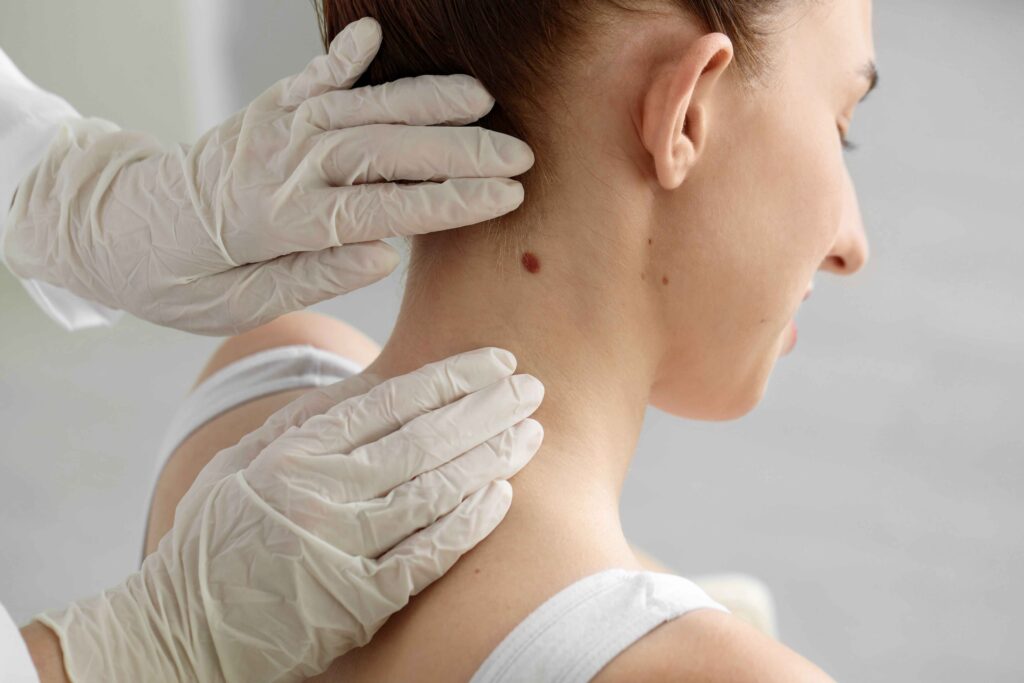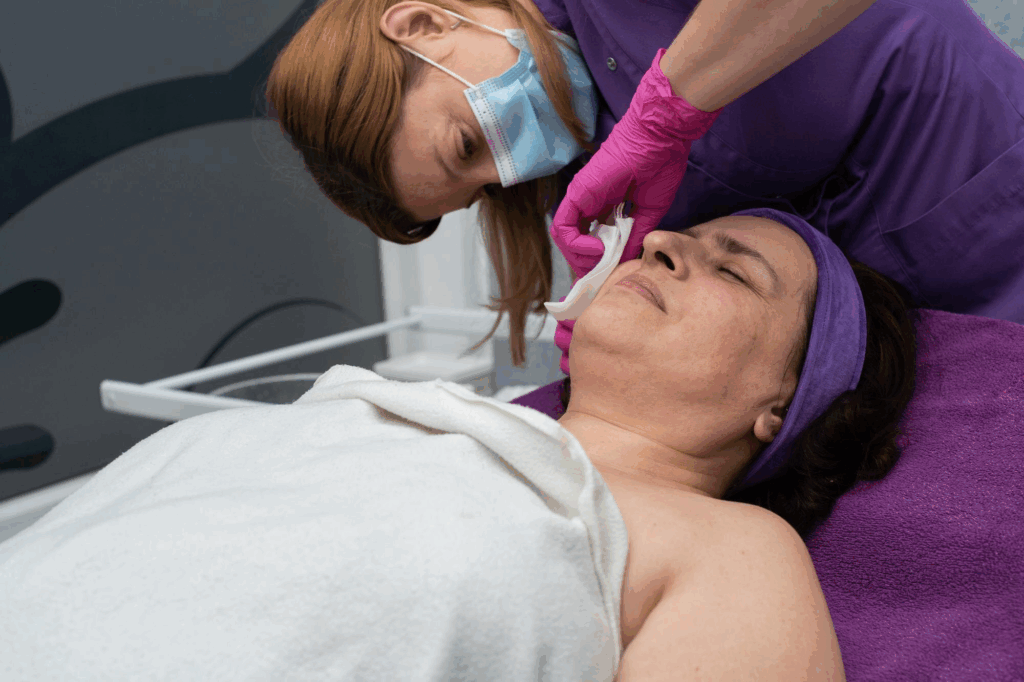What is a Skin Biopsy?
A skin biopsy involves removing a small piece of skin tissue under local anesthesia for microscopic examination. This diagnostic procedure is essential for identifying the nature of suspicious skin lesions, infections, rashes, or inflammatory skin conditions. It helps confirm diagnoses and guide appropriate treatment plans. Skin biopsies are typically safe, quick, and minimally invasive.
This procedure helps to:
- Diagnose suspicious or abnormal skin lesions
- Identify infections or inflammatory skin diseases
- Confirm or rule out skin cancers
- Guide targeted and effective treatment strategies
- Monitor changes in chronic skin conditions
What to expect after a Skin Biopsy?
The biopsy site is numbed during the procedure to minimize discomfort. Mild soreness or tenderness may occur afterward, and a small scab typically forms as the area heals. Stitches may be required depending on the biopsy size. Healing is usually complete within 1 to 2 weeks, with minimal scarring. Pathology results from the biopsy guide the next steps in your care.
- Minimal pain due to local anesthesia during the procedure
- Mild redness, swelling, or tenderness at the biopsy site
- Formation of a small scab as the skin heals
- Quick recovery, typically within 1 to 2 weeks
- Pathology results provide definitive diagnosis and treatment guidance










